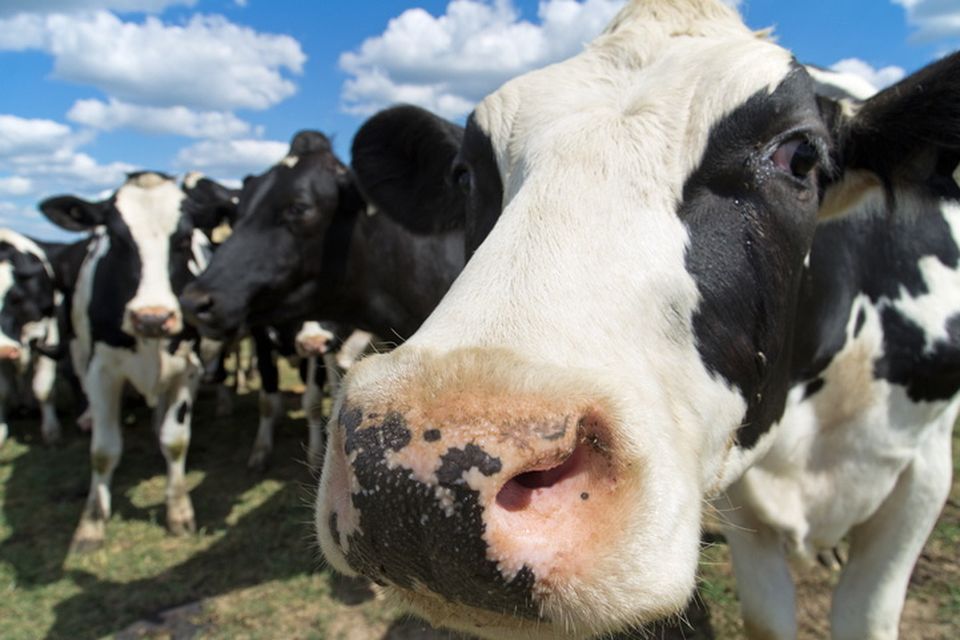Milk production slumps following wet weather
Intake of domestic milk by processors and co-ops was down 5.9pc on 2023. Photo: Getty Images
Milk production was down almost 6pc year-on-year in March, according to the latest figures from the Central Statistics Office. Poor weather conditions, with a long and extremely wet winter, is the most likely explanation.
Intake of domestic milk by processors and co-ops was 753.8 million litres in March, according to the CSO, which was down 47.6 million litres, or 5.9pc, compared with 2023. It was down almost 55 million litres on the same month in 2022.
Production of skimmed milk powder was down by 2,000 tonnes year-on-year in March, declining from 10,600 to 8,600.
The CSO also does a rolling average of the year to date, which shows that in the first three months of 2024, intake of domestic milk was 1,254 million litres, down 108.7 million on the same period in 2023, a fall of 8pc.
A spokesman for Teagasc, the agriculture and food development authority, said that persistent wet weather all spring meant that farmers were not able to get their cows out to grass to graze.
“Grazed grass is the best feed for a cow producing milk. In a normal year, most farmers in Ireland try to get their cows out to the fields after calving in February and March,” he said. “Usually during the day at first (even for two or three hours after milking), and then day and night as the weather improves.
“But the fields were too wet this spring and the weather was extremely challenging. The animals had to be kept indoors on a silage and concentrate diet. Hence the drop in milk yield.”
Other European countries are also experiencing a drop in milk production. A new report by Rabobank found signs of a structural decline in north-western Europe, which has been at the centre of EU milk supply growth since quotas were abolished in 2015.
The research said the decline was based on “an extended period of weakened profitability, environmental limitations, labour constraints – both succession and availability – plus more extreme weather conditions”.
Rabobank’s researchers predicted that the decline in production growth could be stronger than previously anticipated, with a 2027 deadline for EU water-quality regulations approaching, and with ammonia-reduction targets set to intensify.
“This will result in greater pressure for a reduction of the dairy herd and for extensification of the dairy production system – ie reducing the density of the herd and the inputs used relative to land area,” its report said.
Join the Irish Independent WhatsApp channel
Stay up to date with all the latest news










